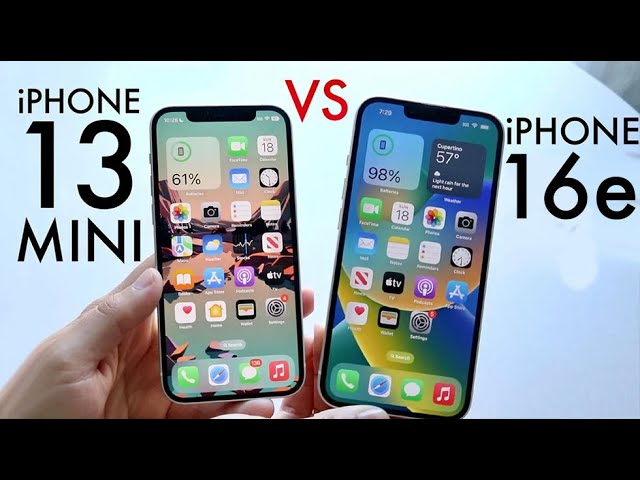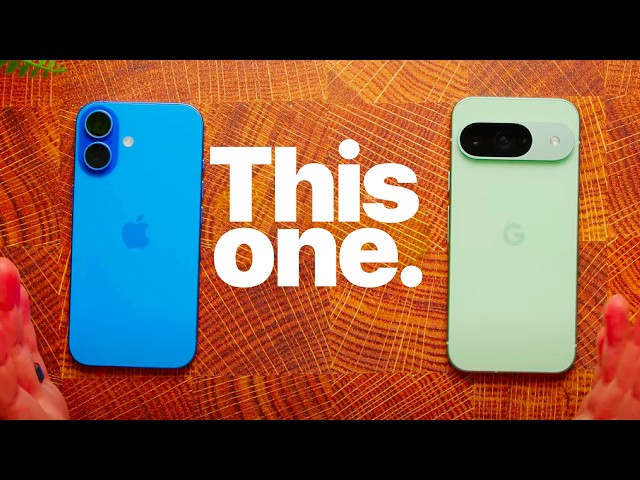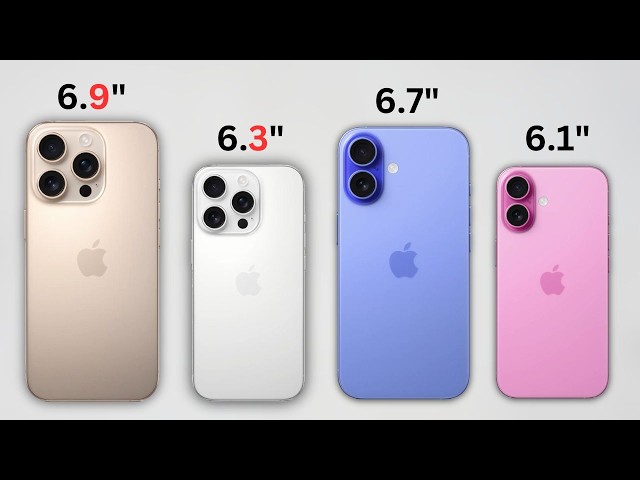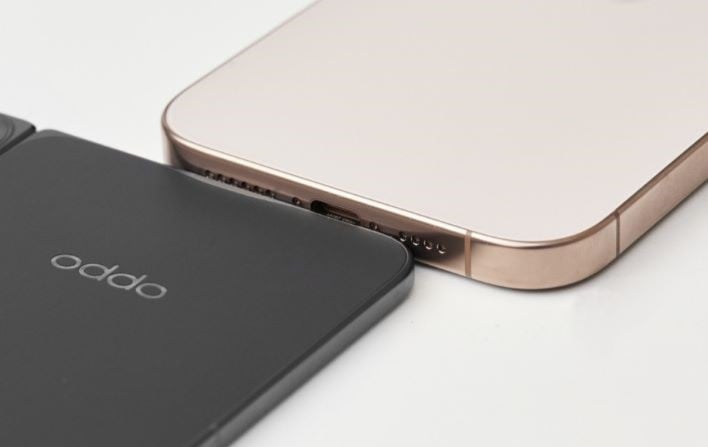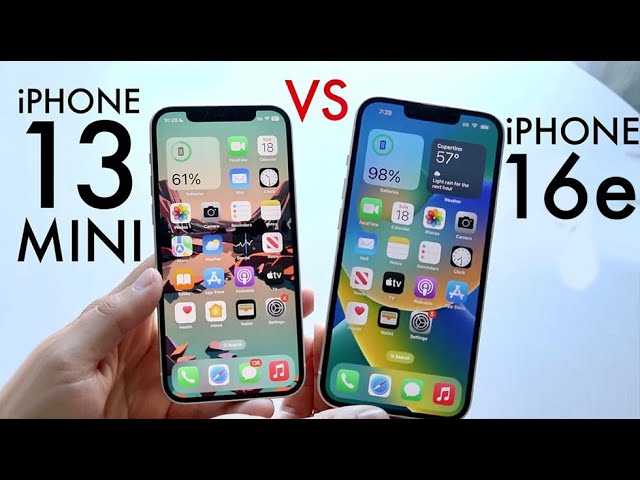The smartphone market is ever-evolving, and with the recent launch of the iPhone 16e, many users are curious about how it stacks up against its predecessor, the iPhone 13. In this article, we will explore the key differences between the iPhone 16e and iPhone 13, focusing on specifications, features, and overall performance. Whether you’re considering an upgrade or simply want to know what has changed, this comparison will provide you with all the information you need.
| Feature | iPhone 16e | iPhone 13 |
|---|---|---|
| Display | 6.1-inch Super Retina XDR | 6.1-inch Super Retina XDR |
| Processor | A16 Bionic | A15 Bionic |
| Camera System | Dual 12MP with Night mode | Dual 12MP with Night mode |
| Battery Life | Up to 20 hours video playback | Up to 19 hours video playback |
| Storage Options | 128GB, 256GB, 512GB | 128GB, 256GB, 512GB |
| Operating System | iOS 17 | iOS 15 (upgradable) |
| 5G Support | Yes | Yes |
| Weight | 174 grams | 174 grams |
Design and Build Quality: iPhone 16e vs iPhone 13
When comparing the design and build quality of the iPhone 16e and iPhone 13, both models exhibit Apple’s signature aesthetic appeal. The iPhone 16e maintains a sleek and modern design, featuring a glass front and back with an aluminum frame. The dimensions and weight are nearly identical, making it comfortable to hold and use. However, the iPhone 16e introduces new color options that may appeal to users looking for a fresh look.
In terms of durability, both devices are equipped with Ceramic Shield front cover, which offers enhanced protection against drops and scratches. The iPhone 16e also boasts improved water and dust resistance, rated at IP68, allowing it to withstand submersion in water for longer periods compared to the iPhone 13. Overall, while the design language remains consistent, the iPhone 16e offers subtle enhancements that elevate its build quality.
Display Technology: A Closer Look
The display technology in both the iPhone 16e and iPhone 13 is impressive, featuring a 6.1-inch Super Retina XDR display. This OLED technology provides vibrant colors, deep blacks, and excellent contrast ratios, making it ideal for media consumption. However, the iPhone 16e takes it a step further with improved brightness levels, allowing for better visibility in direct sunlight.
Additionally, the iPhone 16e supports ProMotion technology, which offers a smoother scrolling experience with a 120Hz refresh rate. This feature is particularly beneficial for gamers and those who frequently scroll through content. In contrast, the iPhone 13 is limited to a 60Hz refresh rate, which, while still smooth, does not match the responsiveness of the newer model. Thus, for users who prioritize display performance, the iPhone 16e is the clear winner.
Performance: Powering Your Experience
At the heart of the iPhone 16e lies the A16 Bionic chip, which delivers exceptional performance and efficiency. This chip is designed to handle demanding tasks, such as gaming and video editing, with ease. In comparison, the iPhone 13 is powered by the A15 Bionic chip, which, while still powerful, does not quite match the capabilities of its
Advertisements
